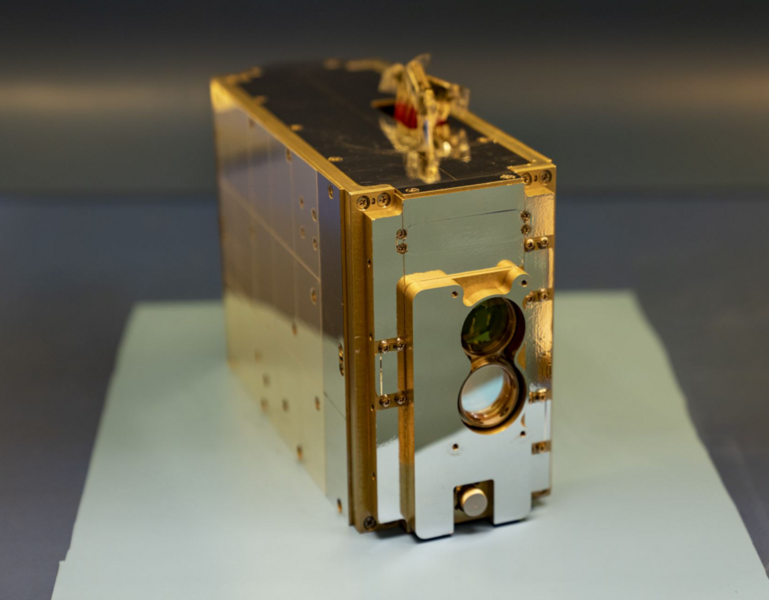When you listen to a radio, sometimes you have to adjust your antenna to improve the signal. An “Optical Rectenna” is an antenna that processes light energy from the sun, converting it to DC current. In a recent article in PHYS.ORG, “Rectenna Converts Light to DC Current,” researchers at Georgia Tech, studying for the past six years, have created nanoscale components that convert light to DC current.
Following is a video from Georgia Tech explaining and illustrating the “Optical Rectenna.”
Other Carbon Nanotube Applications
In a recent article published by MIT News, “Dispersion of carbon nanotubes in aluminum improves radiation resistance,” aluminum used in nuclear reactors and similarly harsh industrial environments, when infused uniformly throughout with carbon nanotubes, are stronger and more durable. Could carbon nanotubes make the nuclear energy industry safer?
Graphene, Fullerenes, nanodiamonds, and carbon nanotubes (CNT) are also being considered to modify certain materials and enhance their conductivity. According to the Materials Research Society (MRS), enhancing the capacity of charge storage devices can be carried out by the use of 2-D graphene or 1-D carbon nanotubes which increase the surface area exposed to electrolytes in these devices. According to researchers at MRS, just 1% graphene or CNTs is enough to significantly improve conductivity.
In the field of biotechnology, carbon nanotubes have been wrapped in more than 20 different polymers such as DNA, RNA, and polyethylene glycol (PEG) to increase the longevity of drugs introduced into the bloodstream. These new nanotube biosensors will be used for such things as gas sensing. In a recent pre-clinical study of mice, carbon nanotubes had a positive effect on behavioral and neurochemical addiction, decreasing cravings and relapses.
In another development, integrated circuit designers are now taking advantage of the exceptional electrical properties, thermal conductivity, high mechanical integrity, and large surface area of graphite and carbon nanotubes to create materials needed to make electromechanical and electrochemical sensors that respond faster, as well as tiny transistors for processors.
In the following video, Michio Kaku discusses “The Strongest Material Known to Man.”






